《电子信息工程专业英语教程》课件Lesson 1 VLSI Technology#
- 格式:ppt
- 大小:299.00 KB
- 文档页数:8
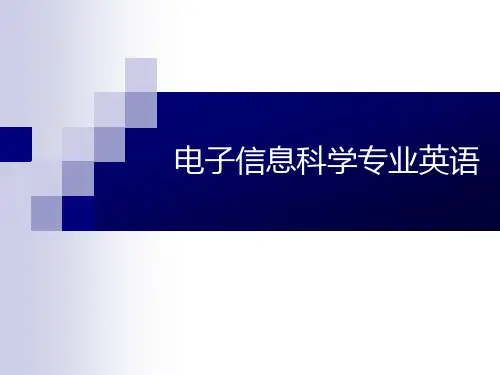
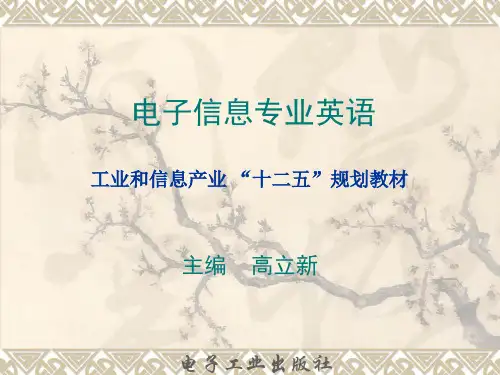
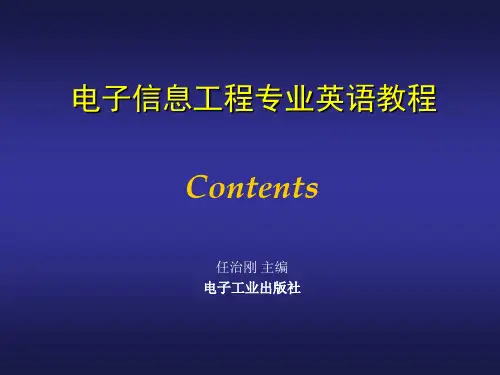
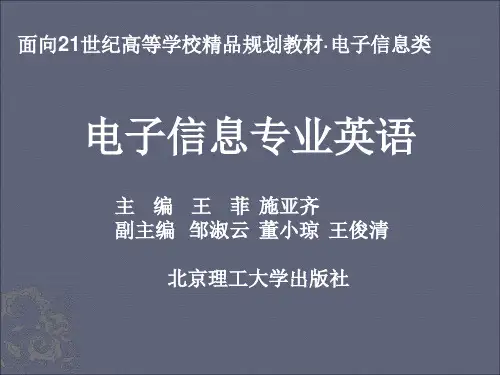
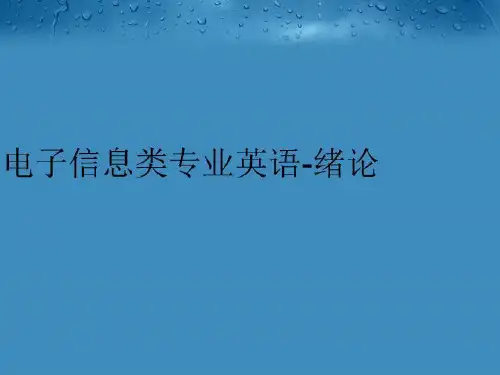
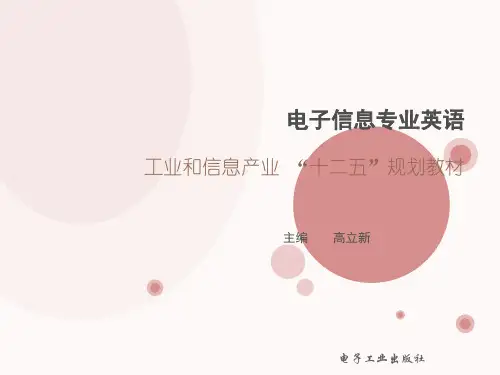
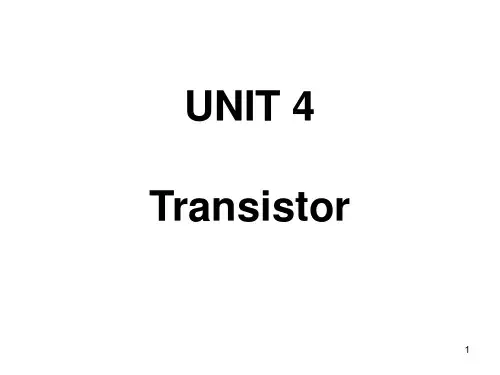
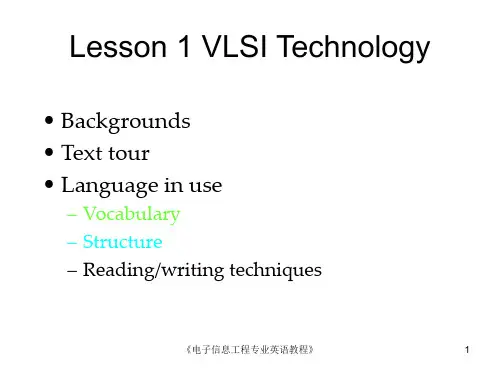
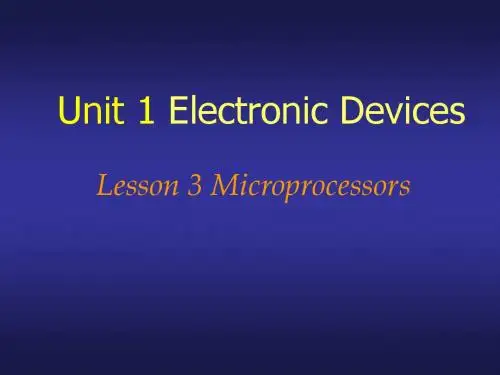
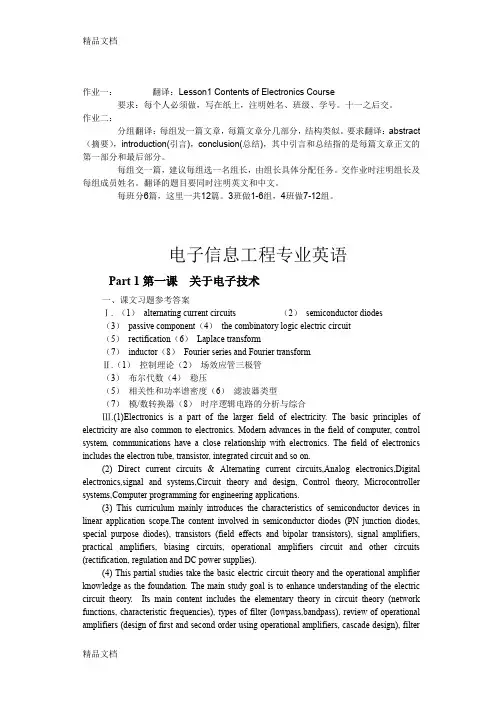
作业一:翻译:Lesson1 Contents of Electronics Course要求:每个人必须做,写在纸上,注明姓名、班级、学号。
十一之后交。
作业二:分组翻译:每组发一篇文章,每篇文章分几部分,结构类似。
要求翻译:abstract (摘要),introduction(引言),conclusion(总结),其中引言和总结指的是每篇文章正文的第一部分和最后部分。
每组交一篇,建议每组选一名组长,由组长具体分配任务。
交作业时注明组长及每组成员姓名。
翻译的题目要同时注明英文和中文。
每班分6篇,这里一共12篇。
3班做1-6组,4班做7-12组。
电子信息工程专业英语Part 1第一课关于电子技术一、课文习题参考答案Ⅰ. (1)alternating current circuits (2)semiconductor diodes(3)passive component(4)the combinatory logic electric circuit(5)rectification(6)Laplace transform(7)inductor(8)Fourier series and Fourier transformⅡ.(1)控制理论(2)场效应管三极管(3)布尔代数(4)稳压(5)相关性和功率谱密度(6)滤波器类型(7)模/数转换器(8)时序逻辑电路的分析与综合Ⅲ.(1)Electronics is a part of the larger field of electricity. The basic principles of electricity are also common to electronics. Modern advances in the field of computer, control system, communications have a close relationship with electronics. The field of electronics includes the electron tube, transistor, integrated circuit and so on.(2) Direct current circuits & Alternating current circuits,Analog electronics,Digital electronics,signal and systems,Circuit theory and design, Control theory, Microcontroller systems,Computer programming for engineering applications.(3) This curriculum mainly introduces the characteristics of semiconductor devices in linear application scope.The content involved in semiconductor diodes (PN junction diodes, special purpose diodes), transistors (field effects and bipolar transistors), signal amplifiers, practical amplifiers, biasing circuits, operational amplifiers circuit and other circuits (rectification, regulation and DC power supplies).(4) This partial studies take the basic electric circuit theory and the operational amplifier knowledge as the foundation. The main study goal is to enhance understanding of the electric circuit theory. Its main content includes the elementary theory in circuit theory (network functions, characteristic frequencies), types of filter (lowpass,bandpass), review of operational amplifiers (design of first and second order using operational amplifiers, cascade design), filtercharacteristics(Butterworth, Chebyshev, frequency transformations in design, sensitivity design of passive LC ladder filters and a brief introduction to switched capacitor filters).(5) Perfect.二、参考译文电子学的发展电子学是电学的一部分。
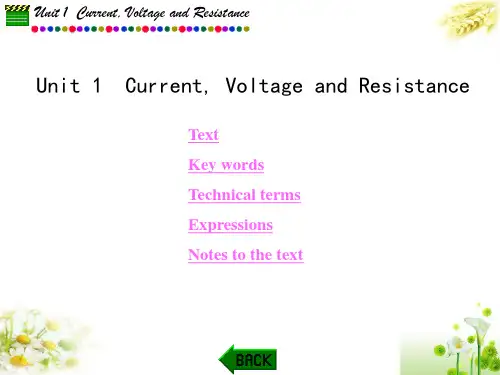
专业英语复习Lesson3Microprocessors (1)Lesson4Operational Amplifiers (2)Lesson8Clock Sources (3)Lesson12Personal Computer Systems (4)Lesson13Overview of Modern Digital Design (5)Lesson16Basic Concepts of DSP (6)Lesson19High Fidelity Audio (8)Lesson22Digital Image Fundamentals (9)Lesson25Choosing the right core (10)Lesson26Design Languages for Embedded Systems (11)Lesson27Choosing a Real-Time Operating System (12)Lesson28Signal Sources (13)Lesson3Microprocessors1.micron是“微米(百万分之一米)”2.data width是指算术逻辑单元ALU的字长3.MIPS Million Instructions Per Second每秒百万条指令4.Reset复位5.tri-state buffer三态缓冲器A tri-state buffer is a device that allows you to control when an output signal makes it to the bus.When the tri-state buffer's control bit is active,the input of the device makes it to the output.When it's not active,the output of the device is Z,which is high-impedance or,equivalently,nothing.There is no electrical signal is allowed to pass to the output.6.PipeliningA technique where the microprocessor fetches the next instruction before completing execution of the previous instruction,in order to increase processing speed.)流水线是一种在前一条指令全部执行完之前就开始取下一条指令,以提高处理速度的技术。
2010~2011学年第二学期课程名称专业英语系(院、部) 电子工程与物理系教研室(实验室) 理论物理教研室授课班级物理0801主讲教师职称讲师湖南科技学院教务处制二○一一年二月教案(首页)节、实验课、公共选修课第一讲 Lesson 1 VLSI Technology一、授课时间:2课时二、授课类型:理论课三、授课题目:VLSI Technology四、教学目的与要求:1 掌握超大规模集成电路技术及晶体管的特点。
五、教学重点与难点:1、掌握与大规模集成电路相关的重点词汇。
2、专业词汇的识别及记忆,长难句子的理解和翻译。
六、教学基本内容、教学方法与实施步骤:(一)教学基本内容1、TerminologyTransistor vs. vacuum tube,Conductivity & semiconductor,Miniaturization , IC, LSI, VLSI2、Text tourTransistor and vacuum tube (para.1, 2)Transistors and ICs (para.3)Semiconductors and ICs (para.4, 5)Miniaturization: from LSI to VLSI (para.6, 7, 8, 9)3、StructureIt takes (took, will take) … time to…4、Reading / writing techniques给事物下定义的方法(二)教学方法与实施步骤采用多媒体教学方法,“模块化”授课,包括总体介绍,重点段落理解(尽量采用英语,师生互动,要求学生课堂上阅读课文后回答问题或翻译课文段落),要点扩展和应用(词汇、结构等)。
挑选一些段落重点讲解与讨论,活跃课堂气氛。
七、讨论题、思考题、作业:1、What’s the deference between Transistor and vacuum tube ?2、What’s Semiconductors and ICs ?3、How to form LSI and VLSI ?4、Read the reading material passage 1 “flash memory”and ansewer thequestions after the text.八、课后小结:第二讲Lesson 2 Memory Devices一、授课时间:2课时二、授课类型:理论课三、授课题目:Memory Devices四、教学目的与要求:1、掌握存储装置的类型。